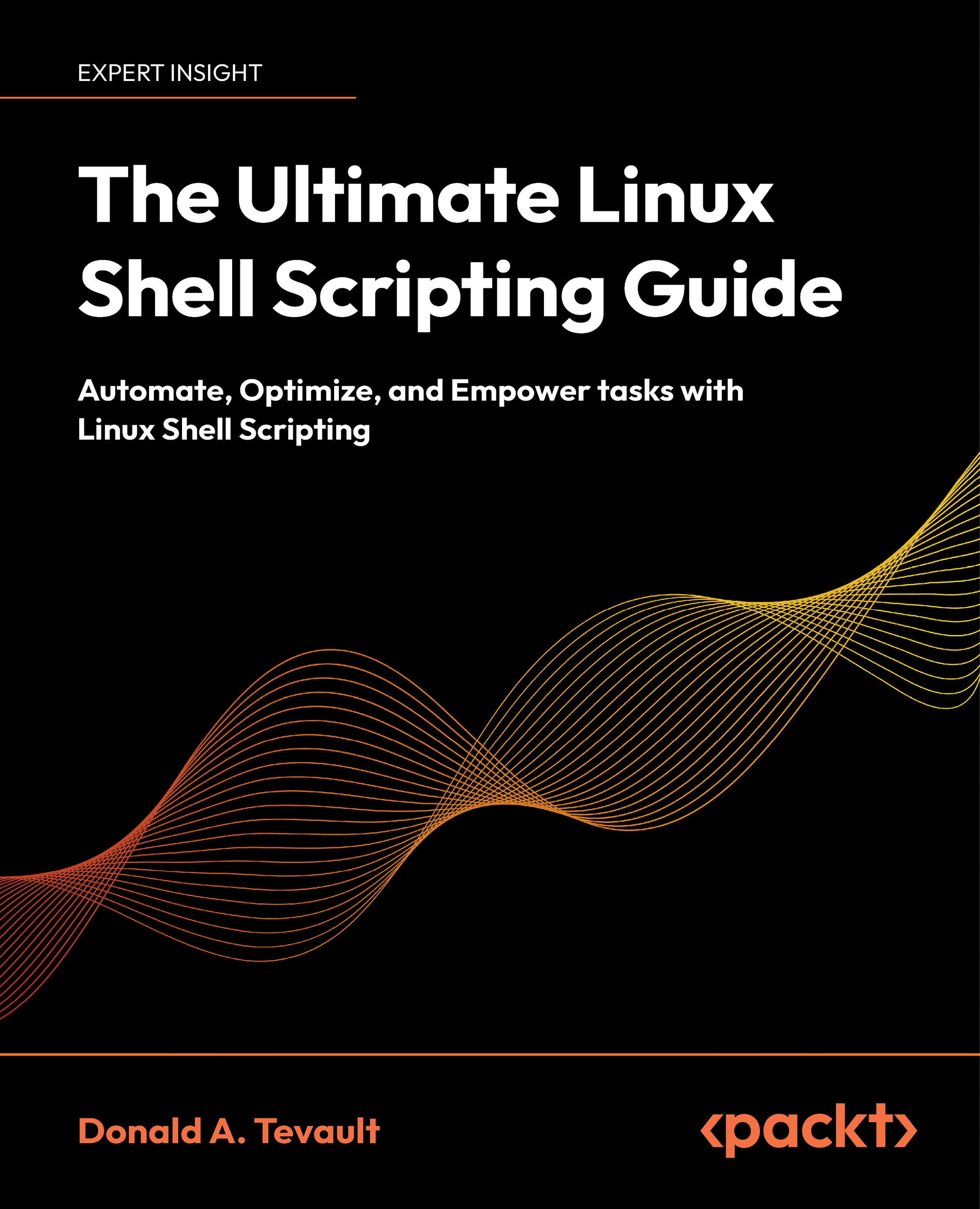Dr. Yuri Shkuro holds a Ph.D. in Computer Science from University of Maryland, College Park, and a Masters degree in Computer Engineering from MEPhI (Moscow Engineering & Physics Institute), one of Russia's top three universities. Yuri is the author of many academic papers in the area of machine learning and neural networks, which have been cited in over 130 other publications. Yuris impressive career includes 15 years on Wall Street, building trading and risk management systems for derivatives at top investment banks, Goldman Sacks, JPMorgan Chase, and Morgan Stanley, and over three years on Ubers Infrastructure & Observability team. His open-source credentials include being a co-founder and a member of the Specification Council of the OpenTracing project, and the creator and current tech lead of Jaeger, a distributed tracing system developed at Uber. Both projects are incubating at the Cloud Native Computing Foundation. Outside of his academic and professional career, Yuri was an editor and co-producer of several animated shorts directed by Lev Polyakov, including:Only Love (2008), which screened at over 30 film festivals and won several awardsPiper the Goat and the Peace Pipe (2005), a winner at the Ottawa International Animation Festival
Read more
 United States
United States
 Great Britain
Great Britain
 India
India
 Germany
Germany
 France
France
 Canada
Canada
 Russia
Russia
 Spain
Spain
 Brazil
Brazil
 Australia
Australia
 Singapore
Singapore
 Canary Islands
Canary Islands
 Hungary
Hungary
 Ukraine
Ukraine
 Luxembourg
Luxembourg
 Estonia
Estonia
 Lithuania
Lithuania
 South Korea
South Korea
 Turkey
Turkey
 Switzerland
Switzerland
 Colombia
Colombia
 Taiwan
Taiwan
 Chile
Chile
 Norway
Norway
 Ecuador
Ecuador
 Indonesia
Indonesia
 New Zealand
New Zealand
 Cyprus
Cyprus
 Denmark
Denmark
 Finland
Finland
 Poland
Poland
 Malta
Malta
 Czechia
Czechia
 Austria
Austria
 Sweden
Sweden
 Italy
Italy
 Egypt
Egypt
 Belgium
Belgium
 Portugal
Portugal
 Slovenia
Slovenia
 Ireland
Ireland
 Romania
Romania
 Greece
Greece
 Argentina
Argentina
 Netherlands
Netherlands
 Bulgaria
Bulgaria
 Latvia
Latvia
 South Africa
South Africa
 Malaysia
Malaysia
 Japan
Japan
 Slovakia
Slovakia
 Philippines
Philippines
 Mexico
Mexico
 Thailand
Thailand















